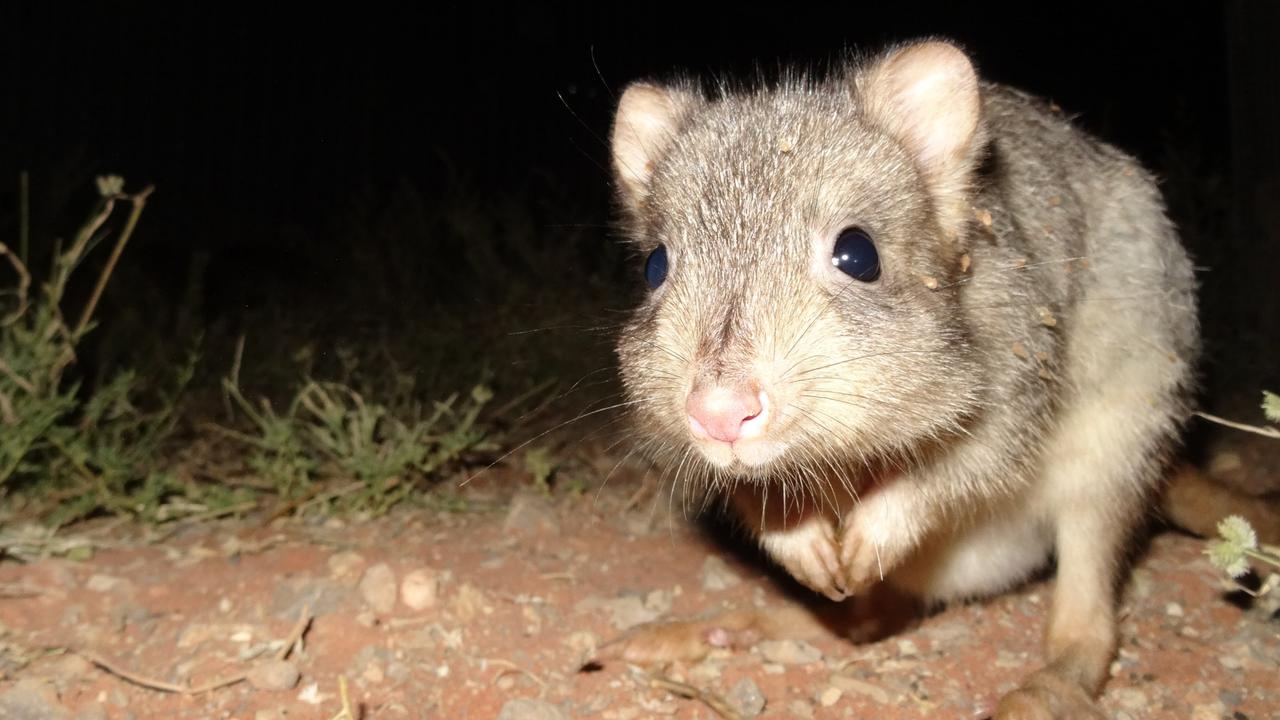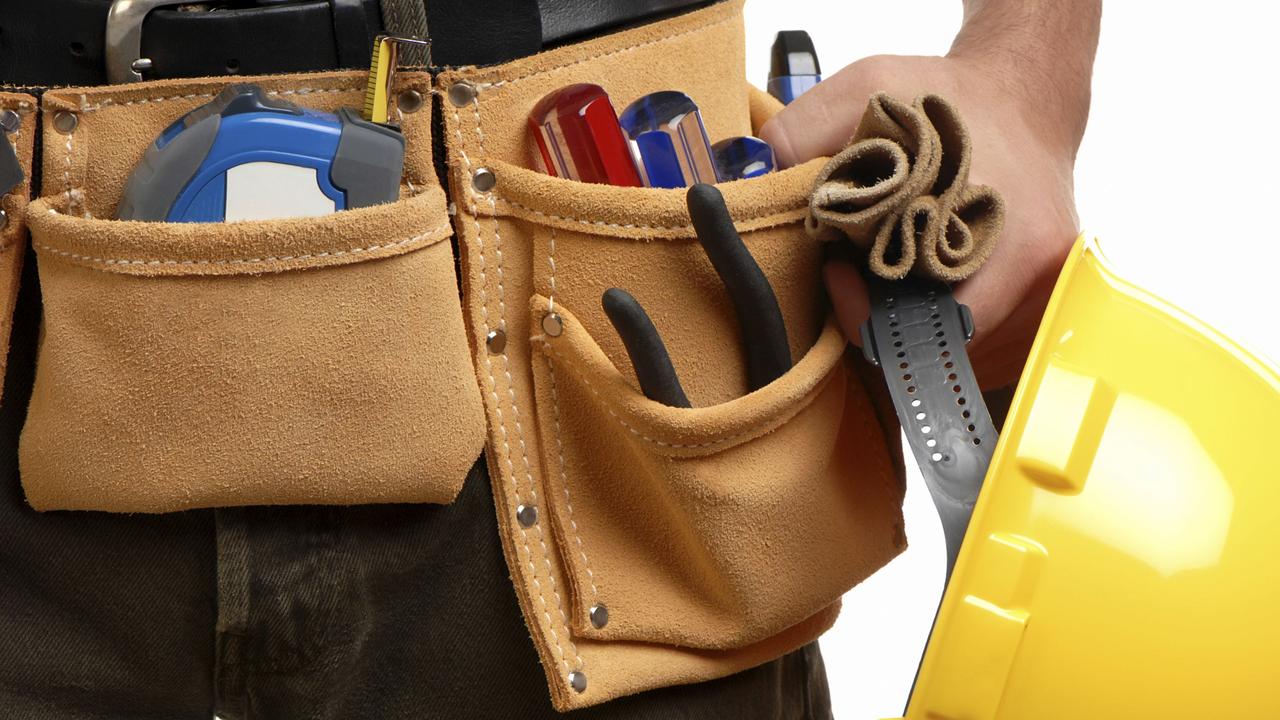Adelaide commits to functional zero homelessness through Zero Project
ADELAIDE has committed to becoming the first city outside the US to put in place a program driving zero homelessness.

- Businesses ‘tired of cleaning up bottles of warm urine’
- SA cafe manager’s act of kindness to homeless man goes viral
- Homelessness at crisis point in Adelaide’s southern suburbs
- Penbo: Tent city is no answer to homeless crisis
- Homeless man Brett and dog Molly finds new home
- Peter Sandeman: Homelessness in SA needs a new approach
ADELAIDE has committed to becoming the first city outside the US to implement a program aiming to achieve zero homelessness.
The Zero Project focuses on the need for housing supply to match demand in the short term, and puts the focus on the support services being in place to help people sustain housing in the longer term.
On any given night there is up to 120 people sleeping rough across Adelaide’s CBD and Parklands.
However “functional zero homelessness” could be reached when the number of people who are homeless on any given night is no greater than the housing availability for that night.
The project will be launched at the Don Dunstan Foundation’s annual homelessness conference on Thursday.
Don Dunstan Foundation executive director David Pearson said “it’s just unacceptable to be one of the most liveable cities in the world but have so many people that have no where to live”.
The approach starts by knowing the names of all the people sleeping rough on any given night, and has been pioneered across 75 communities in North America, and another 40 in Canada.
Jake Macguire, director at Community Solutions, which has brought the project to Australia said at least 10 communities have achieved “functional zero”.
The first phase of the projects involves organisations collaborating, as well as the formation of an issues paper that will be released next month.
Shane Gilbert, 29, has been staying at the Hutt St Centre for a few months.
He said the introduction of the project was good because “it is giving other people a vision of what being homeless is like”.



